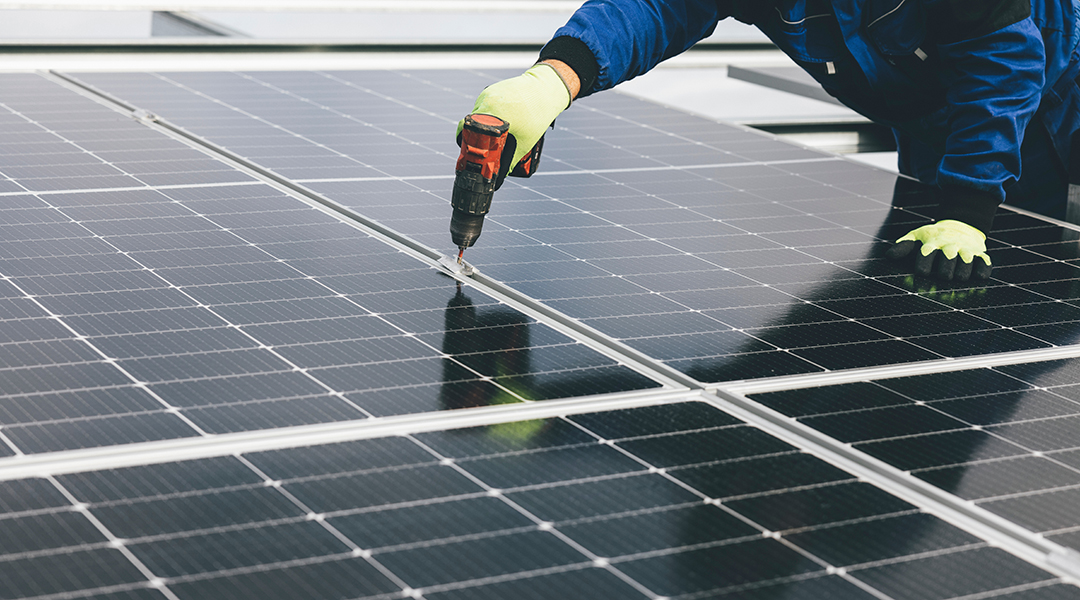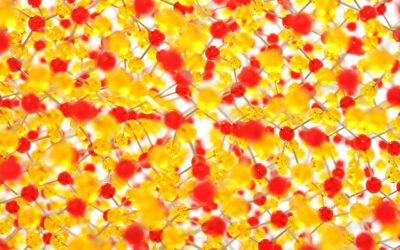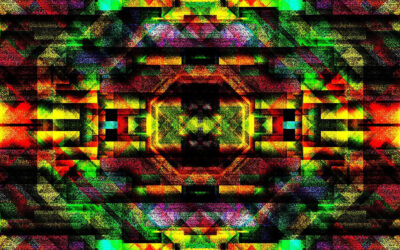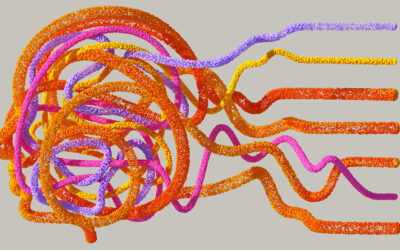Greasy fingerprints on your phone, bird droppings stuck to your car windscreen, and dust accumulating on your solar panels are modern-day problems that may soon be in the past.
Researchers have long sought to engineer surfaces that stay perpetually clean by repelling liquids and oils, but typically this has come at the cost of transparency, limiting their application on screens or glass.
Now a collaboration of researchers from Sun Yat-sen University, Suzhou University of Science and Technology, and The Hong Kong Polytechnic University have developed a versatile, scalable method for spray coating materials to make them water and oil repellent without interfering with their transparency. The result could be self-cleaning, crystal clear surfaces useful for everything from consumer electronics to anti-counterfeiting.
Clean but cloudy
If your goal is to help keep a surface clear of contamination that might obscure vision or block light, it would be very counterproductive to use measures that themselves make the surface cloudy. But that’s the situation for many previously developed water and oil-repellent materials, formally known as “superamphiphobic” materials.
A rough surface at the microscopic level is key to how these materials repel liquid, preventing droplets adhering to the surface. But this roughness also scatters light, limiting its smooth passage through the material and resulting in a cloudy or opaque layer, just like frosted glass, that prevents you seeing through.
“The challenge in designing a transparent superamphiphobic material is overcoming the inherent contradiction between surface roughness in terms of liquid repellency and optical transparency,” said one of the paper’s authors, Yanan Li. “Though some previous work has reported transparent superamphiphobic surfaces, the compromise between superamphiphobicity and transparency was inevitable, thus obtaining highly transparent superamphiphobic material in large-scale way with broad substrate applicability and good mechanical stability still remains a significant challenge.”
Previous attempts have had to trade off one strength for another — some sacrifice superamphiphobicity to maintain transparency, while others lack strength or rely on complex manufacturing process that limit their ability to scale. The team behind the latest approach say they’ve struck the perfect balance between these factors.
Clearing things up
Their solution hinges on reentrant structures, which are the tiny features of a material that stop liquids adhering to a surface, giving it superamphiphobic properties. By fabricating them on the nanoscale, compared to previous larger microstructures, they achieved the elusive goal of a superamphiphobic surface with structures small enough that they don’t interfere with light transmission.
“The sub-100 nanometer scale of the structure can eliminate the visible-light scattering for obtaining optical transmittance above 88% in the visible region, with retaining the superamphiphobicity to various low surface-tension liquids,” said Li. This 88% light transmission is comparable to a clear pane of glass.
The technique, though sophisticated in design, uses a templated spray process refined by tweaking the spraying conditions and precursor materials. “The spray technique used in this work was a lab-made equipment by assembling commercial available components,” said Li. As a result, it is replicable and scalable.
The approach is a step forward both in materials science theory and in the world of practical applications. “We believe the superamphiphobicity by hierarchical nanoscale re-entrant structure design can be interesting in fundamental research of superwetting area and surface science, and the overall performance of the material can also be attractive for practical applications,” said Li.
Scale and apply
“This method could be applied to various substrates of different materials and shapes,” Li continued. “It also presented excellent self-cleaning performance on perovskite and commercial silicon-based solar panels due to its high transparency and superamphiphobicity to various forms of pollution including bird droppings.”
The demand for self-cleaning reading glasses or phone screens is clear and the potential efficiency benefit of keeping solar panels clear of sun-blocking debris are huge. The team even see potential uses in counterfeit prevention, with hidden patterns layered on a material and only made visible with the addition of a detector liquid which would reshape around the liquid-repelling pattern.
There’s more work to be done to roll this approach out on a large scale at a consumer level, but a world dominated by screens and glass surfaces might be about to get a much cleaner and clearer.
Reference: Gangfeng Ouyang, Zuankai Wang, Yanan Li, et al., Transparent Superamphiphobic Material Formed by Hierarchical Nano Re-Entrant Structure, Advanced Functional Materials (2023). DOI: 10.1002/adfm.202309684
Feature image credit: Markus Spiske on Unsplash

















